Miguel Proença (b. 1984) is a documentary photographer based in Portugal. He received his BA in Audiovisual Communication Technologies from Oporto Polytechnic Institute in 2011 and finished a certificate program at Portuguese Institute of Photography in 2009. Miguel Proença’s work has been subject of solo and group exhibitions in Portugal and abroad. His work has been featured in various publications including OjodePez, Conscientious, Fotografia Magazine, Der Greif, Fast Company and Airbnb. Today we share his series, Sala De Fiestas.
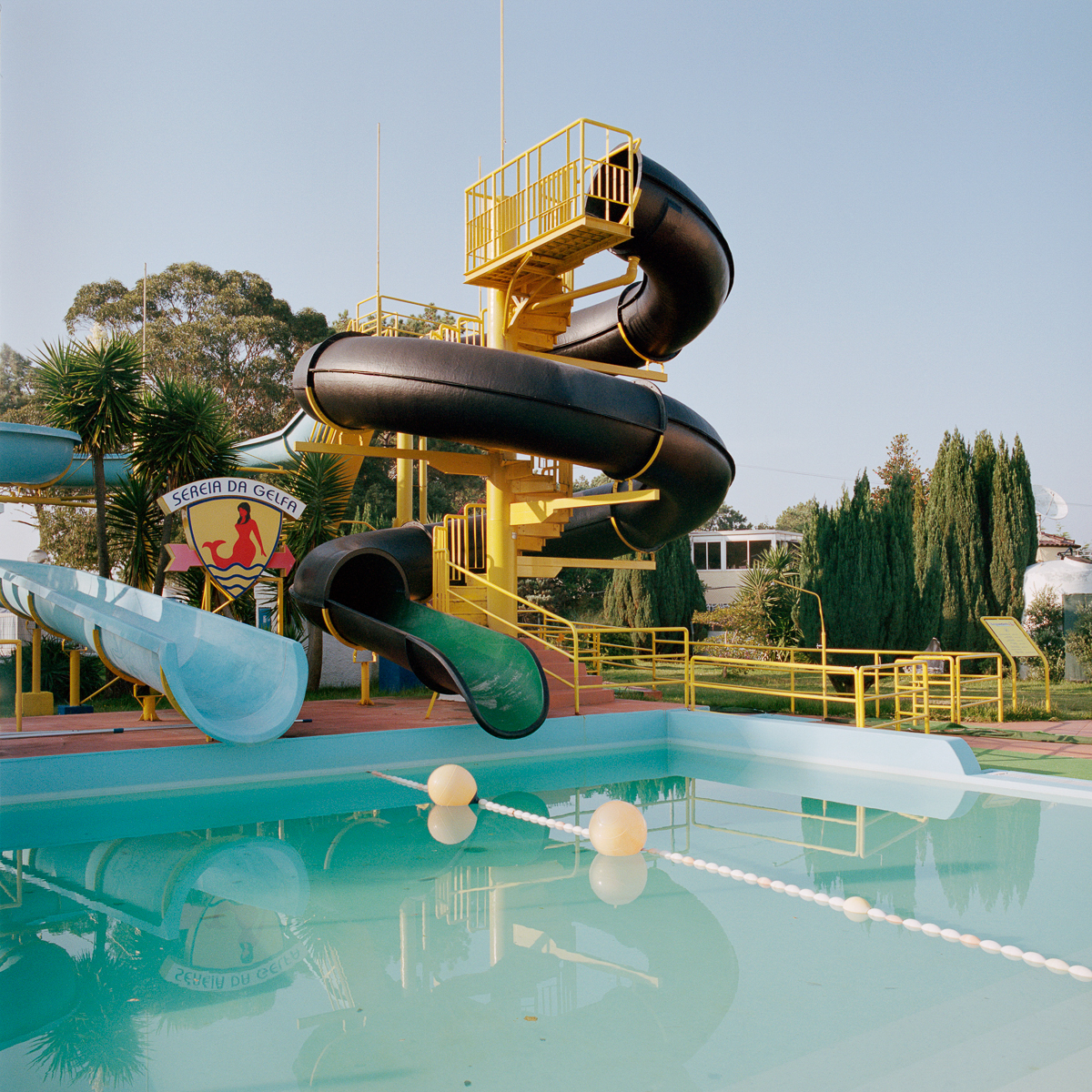

SALA DE FIESTAS
The popular perception of border towns still has a persistent image: border towns are seen as one-dimensional, cozy and welcoming tourist outlets for short term stays hence viewed as small places of evasion and cultural reinvention without proper identity and personality.
“Sala de Fiestas” questions the nature of border towns as tourist destinations and as emerging and declining places. The project intent to describe places on both sides of the domestic border between the northwestern frontier of Portugal and the Spanish province of Galicia, the lowlands of Minho region are an area with a hybrid identity divided by a river with idyllic landscapes and populated by stereotypical figures of peculiar traits. The presence of the border results in a dynamic cultural exchange and interaction, induced by the passage of people, products, ideas and information that move freely across the boundary and that over time began to leave their marks along the landscape. Although a bicultural zone, attractively described as “common ground”, there is a clear evidence of a cultural nationalism along with a vernacular culture unique to the place.
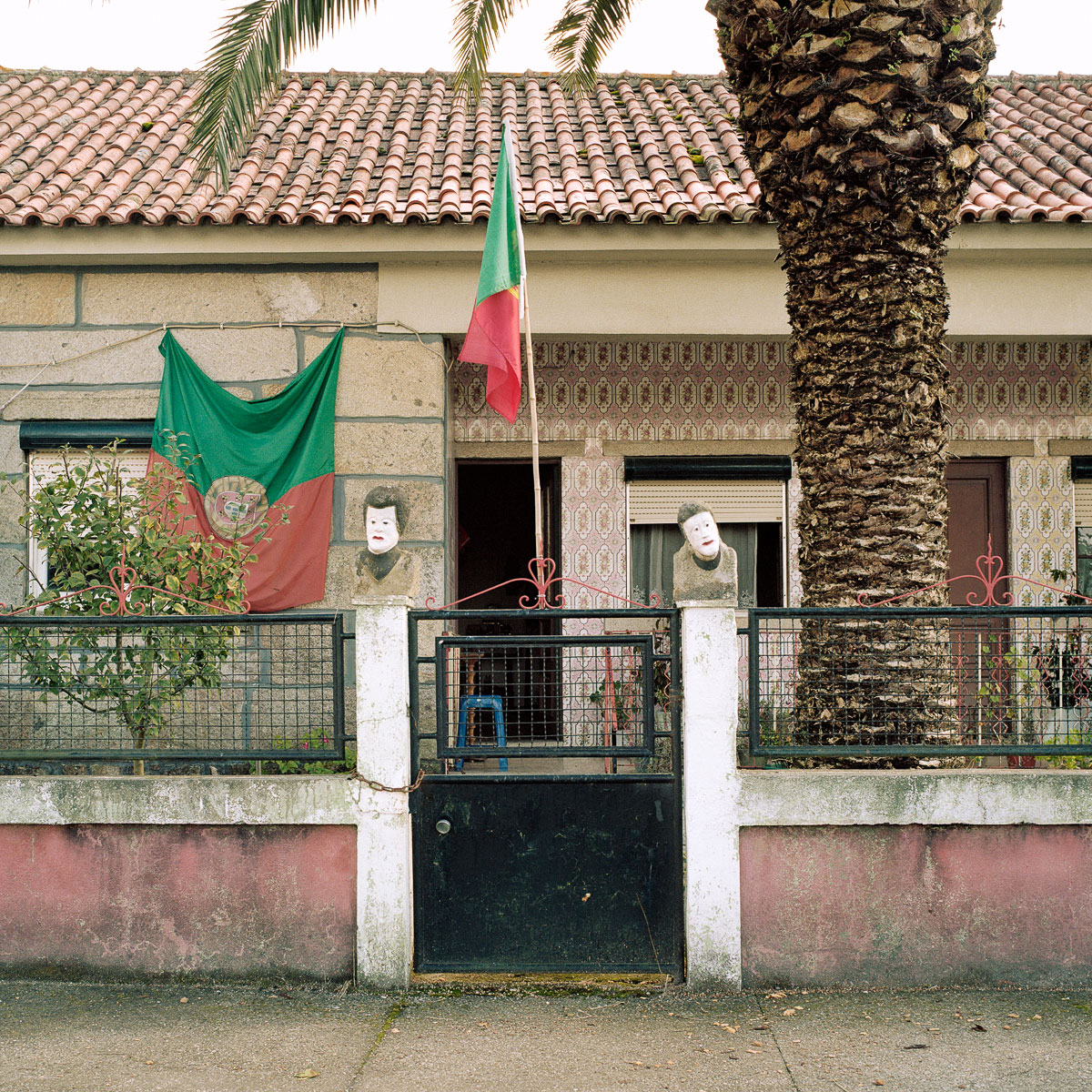
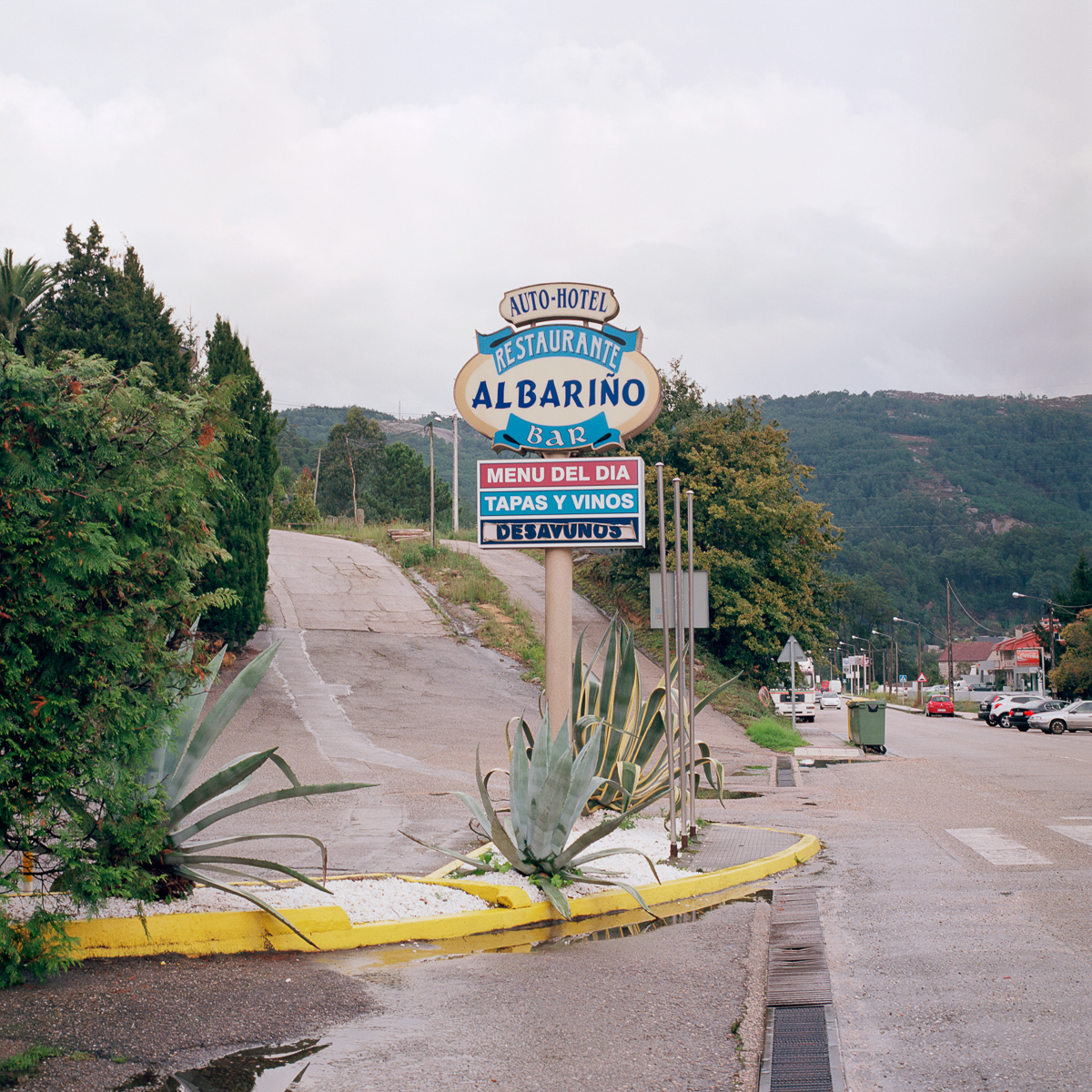
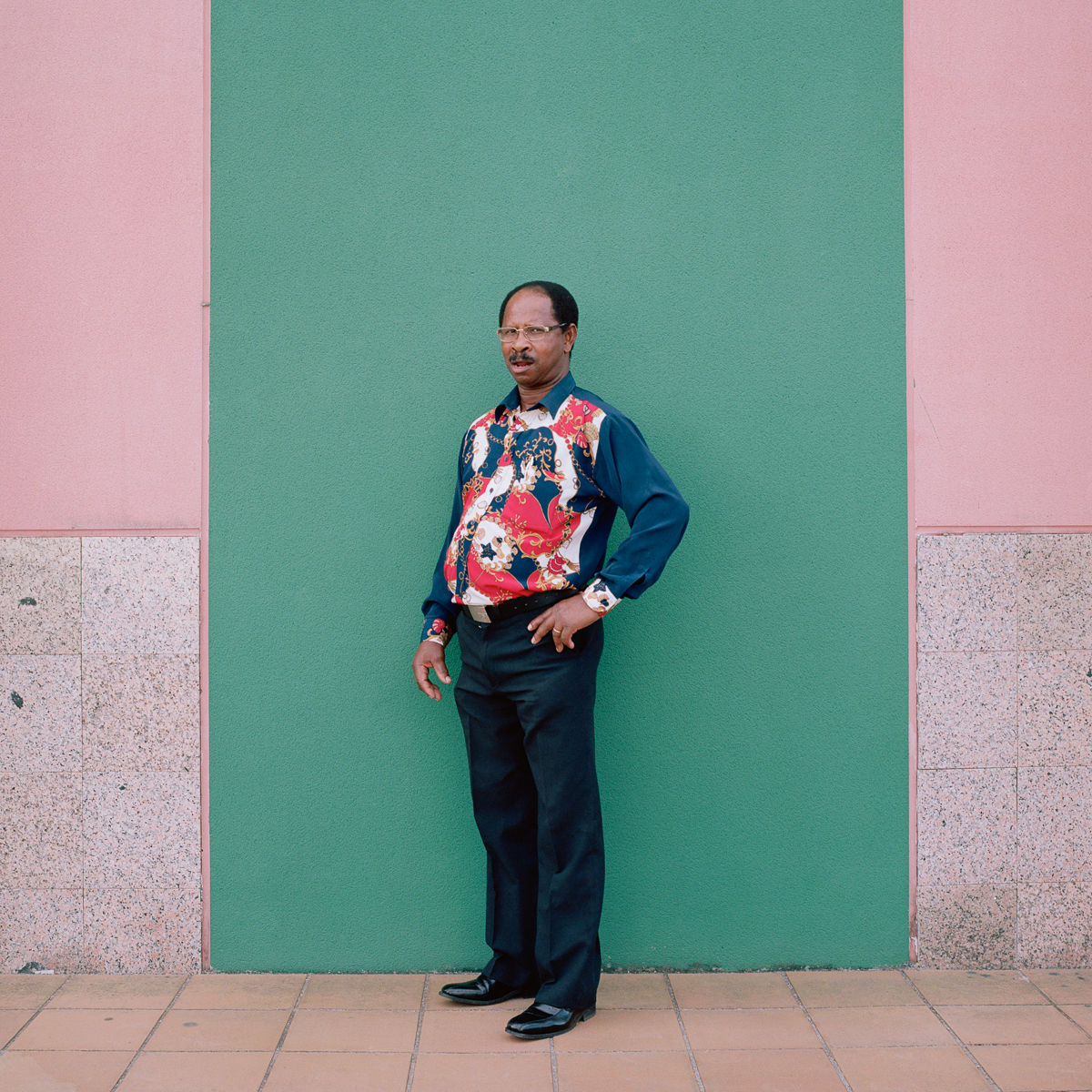



In contrary to the popular perception, the image of border towns is not fully accurate; since the oppressive years of the dictatorships that ruled bordering countries, the liquid frontier of Minho was a strategic corridor for trade where contraband of goods and people escaping the regime was constant. In 1995 as consequence of the Schengen agreement, establishing the free movement of people within Europe and further investment in transportation development, border towns in the region revealed significant growth, some small towns have become active urban areas where new structures and landscapes have emerged. In spite of these regional catalysts, border towns have grown primarily in response to local circumstances that are function of their border location, tourism and specific manufacturing industries.
Most often politically, the cities are interpreted as economic systems, however border towns are equally cultural creations in which interaction between people and landscape offers a visual medium to understand the territory and to form the identity and personality of a place.

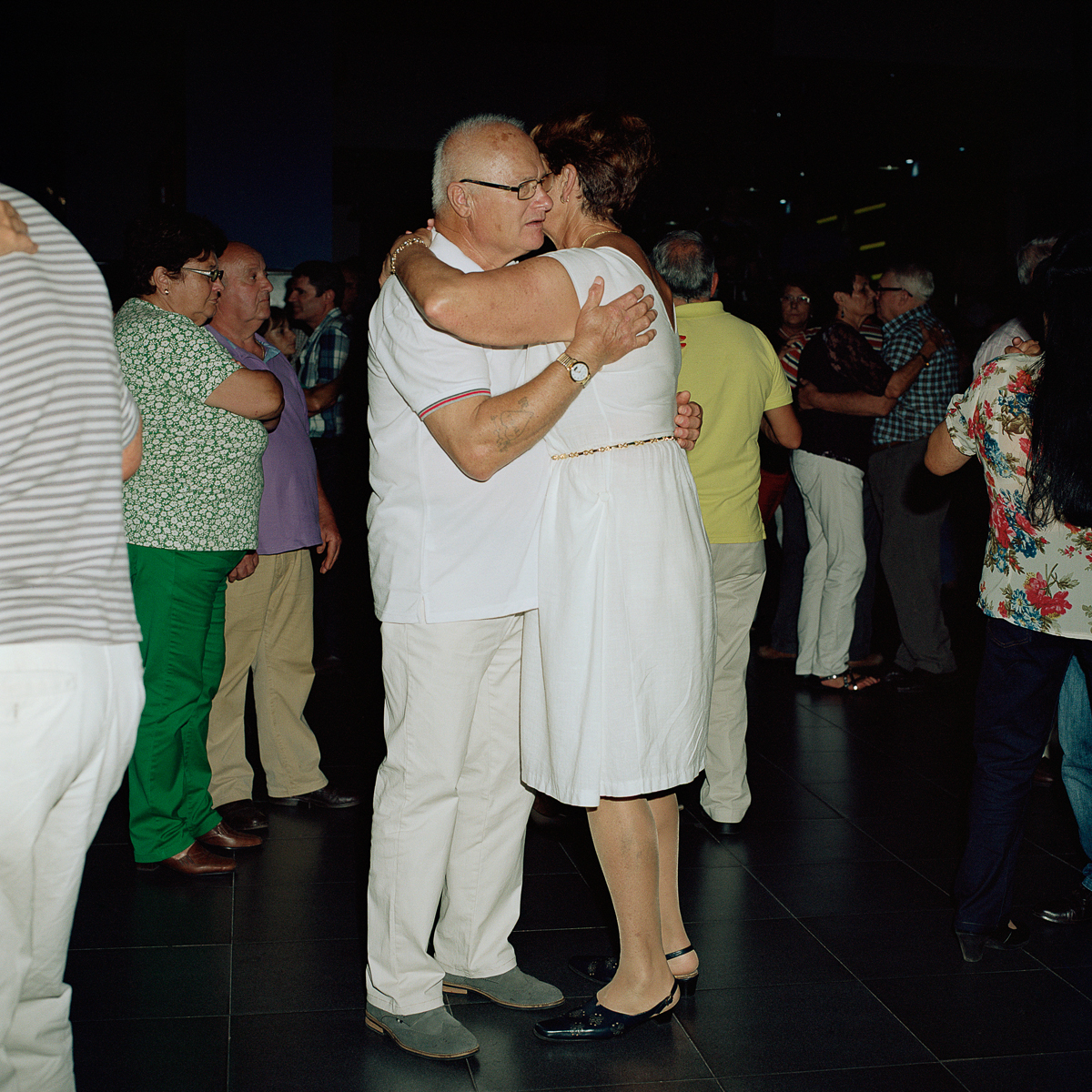


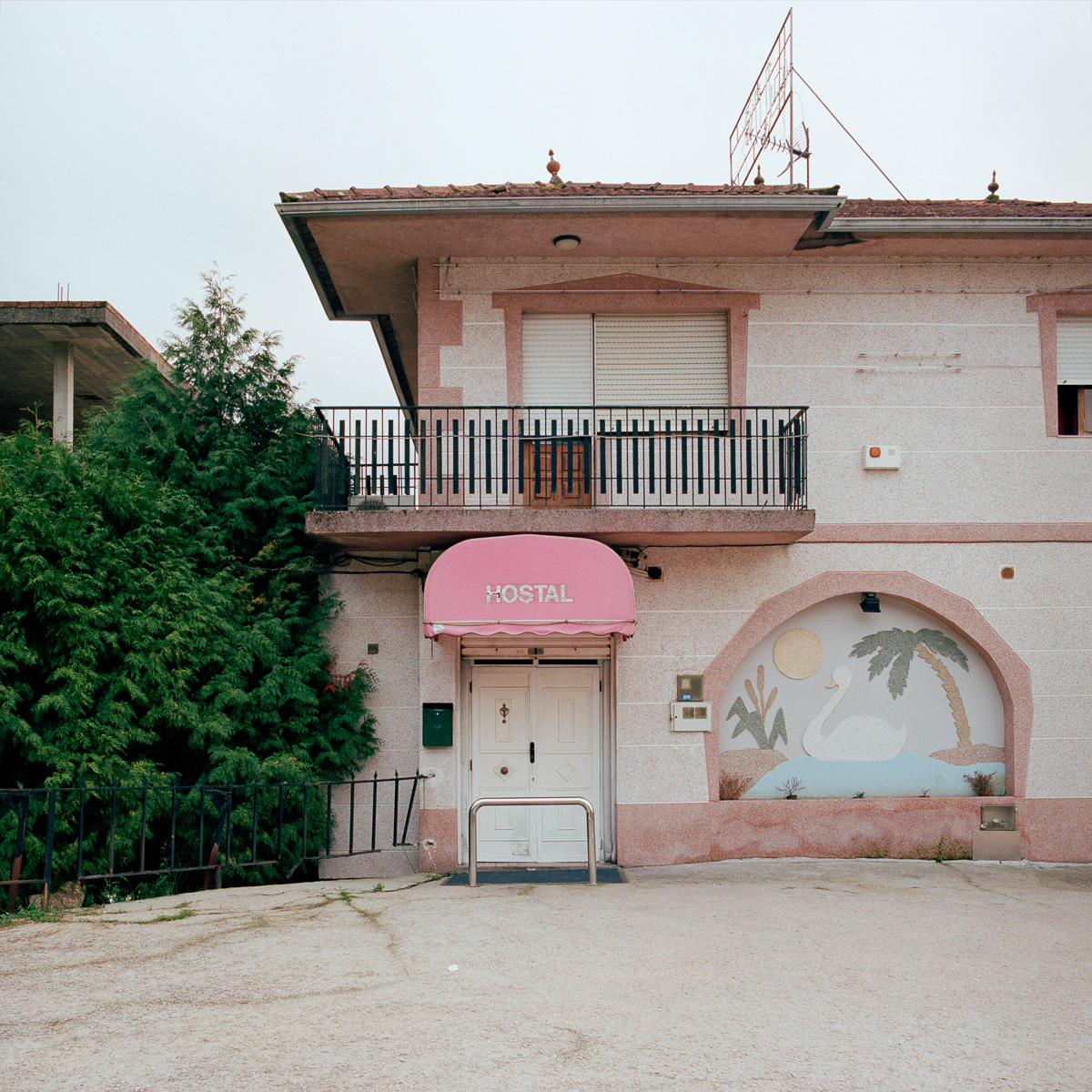
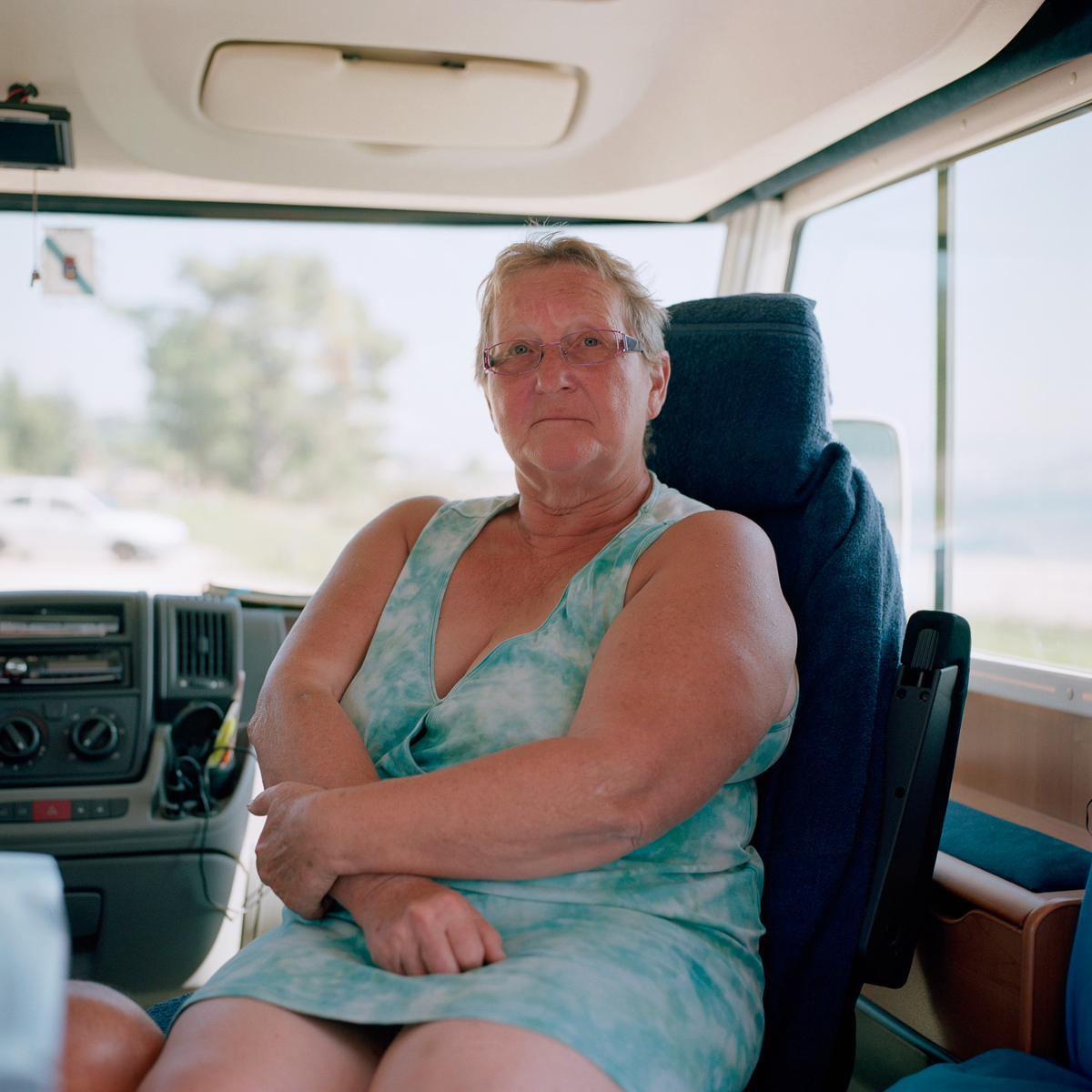

To view more of Miguel’s work, please visit his website.